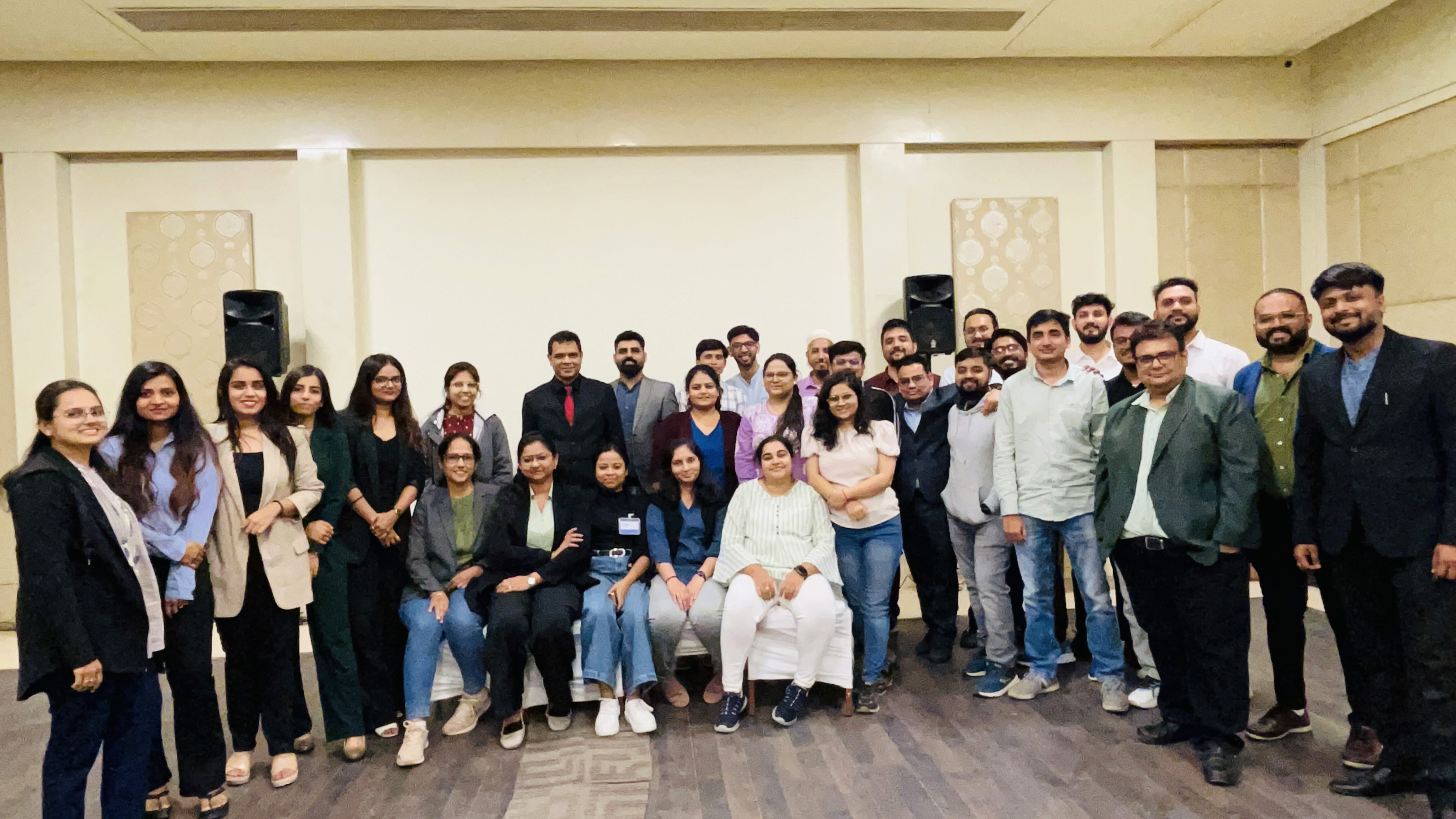Introduction
Chatbot technology has come a long way with the advent of powerful language models like GPT-3 and BERT. One such application is OpenAI's ChatGPT, which can generate contextually relevant text to simulate human-like conversations. In this article, we will guide beginners through building a ChatGPT-like platform using BERT, a powerful and versatile NLP model developed by Google. We'll cover both backend and frontend development, using Python for the backend machine learning and React for the front end, along with code snippets for scraping and tokenizing.
Prerequisites and Setup
Python and libraries
Before starting, make sure you have Python installed. You can download it from the official website (https://www.python.org/downloads/). Next, install the necessary libraries using pip:
React
React is a popular JavaScript library for building user interfaces. You'll need Node.js and npm (Node Package Manager) to set up your React development environment. Download and install Node.js from the official website (https://nodejs.org/en/download/). npm will be included with Node.js.
Preparing the BERT Model
Loading a pre-trained BERT model
We'll use the Hugging Face Transformers library to load a pre-trained BERT model. Here's a code snippet for loading a pre-trained BERT model:
Fine-tuning the BERT model for a chatbot
To fine-tune BERT for a chatbot, you'll need a dataset with conversational data. For this tutorial, we will assume you have a dataset in the form of a list of input-output pairs. Here's a code snippet to fine-tune BERT using this dataset:
Building the Backend with Python
Creating an API endpoint for the chatbot
We'll use Flask to create an API endpoint for the chatbot. First, install Flask using pip:
Next, set up the API endpoint:
Integrating the BERT model with the API
Now let's integrate the fine-tuned BERT model with the API. Replace the chat() function with the following code snippet:
Scraping and tokenizing
Web scraping allows you to extract data from websites, while tokenization breaks text into smaller parts, like words or sentences. Here's a code snippet for scraping and tokenizing text using BeautifulSoup, requests, and nltk:
Building the Frontend with React
Creating a simple chatbot UI
To set up a new React app, run the following command:
Next, open src/App.js and replace its content with the following code snippet to set up a simple chatbot UI:
Connecting the frontend to the backend
To connect the frontend to the backend, use the Fetch API to send user input to the backend and display the chatbot's response. Replace the handleSend function with the following code snippet:
Conclusion:
In this article, we've guided you through building a ChatGPT-like platform using BERT, Python, and React. We've covered setting up the development environment, loading and fine-tuning a pre-trained BERT model, creating a Flask API, integrating BERT with the API, building a simple React frontend, and deploying the platform. We encourage you to experiment with different models and fine-tuning approaches to improve your chatbot's performance. Remember, continuous learning and development are essential in the fast-paced AI field. Good luck with your ChatGPT-like platform!

We are a family of Promactians
We are an excellence-driven company passionate about technology where people love what they do.
Get opportunities to co-create, connect and celebrate!
Vadodara
Headquarter
B-301, Monalisa Business Center, Manjalpur, Vadodara, Gujarat, India - 390011
Ahmedabad
West Gate, B-1802, Besides YMCA Club Road, SG Highway, Ahmedabad, Gujarat, India - 380015
Pune
46 Downtown, 805+806, Pashan-Sus Link Road, Near Audi Showroom, Baner, Pune, Maharashtra, India - 411045.
USA
4056, 1207 Delaware Ave, Wilmington, DE, United States America, US, 19806

Copyright ⓒ Promact Infotech Pvt. Ltd. All Rights Reserved

We are a family of Promactians
We are an excellence-driven company passionate about technology where people love what they do.
Get opportunities to co-create, connect and celebrate!
Vadodara
Headquarter
B-301, Monalisa Business Center, Manjalpur, Vadodara, Gujarat, India - 390011
Ahmedabad
West Gate, B-1802, Besides YMCA Club Road, SG Highway, Ahmedabad, Gujarat, India - 380015
Pune
46 Downtown, 805+806, Pashan-Sus Link Road, Near Audi Showroom, Baner, Pune, Maharashtra, India - 411045.
USA
4056, 1207 Delaware Ave, Wilmington, DE, United States America, US, 19806

Copyright ⓒ Promact Infotech Pvt. Ltd. All Rights Reserved
